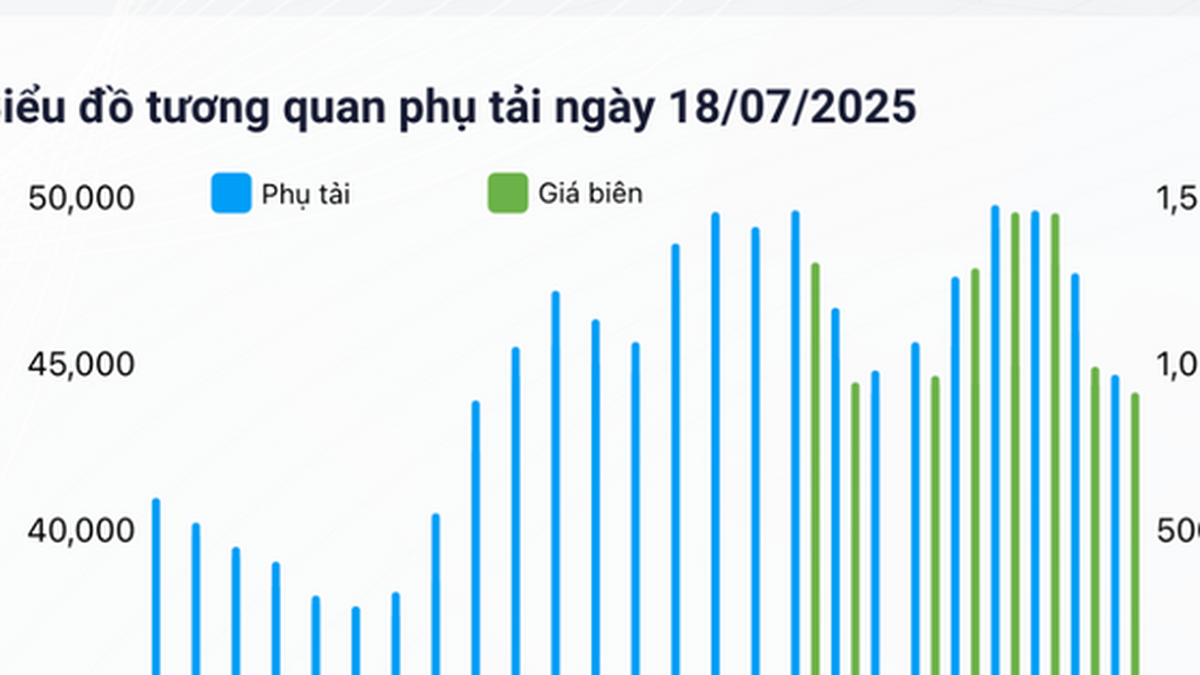From 2021 to 2024, Google will leverage the motion sensors (accelerometers) in Android devices to create a global earthquake detection system.

Rescue workers search for survivors in the rubble after two earthquakes in Türkiye in 2023 (Source: Getty Images)
Google has optimized its earthquake detection algorithm to differentiate shaking caused by earthquakes from other factors like lightning or vibrations from trucks. The system can now detect earthquakes far offshore, and send alerts within 6–15 seconds of detecting shaking.
The system’s unique features offer many advantages. For example, it does not require a dedicated seismometer, but relies on a large number of active smartphones. Alerts are automatically sent to users, including an emergency “TakeAction” message when a strong earthquake occurs.

When a major earthquake hits, Google will send an emergency 'Take Action' message to Android phones (Source: Google)
The system has been validated to detect more than 11,000 earthquakes and is as accurate as standard seismic stations.
Google scientists explain that the system relies not on the quality of individual devices, but on mass adoption. Data from millions of phones is aggregated to locate and analyze tremors. AI algorithms account for differences in local geology, building structures, and the sensitivity of individual phones. Additionally, the data is handled with care to ensure privacy – users can choose not to share it.
Seismologists have called the system “impressive.” But many experts have raised concerns about the transparency and accuracy of Google’s algorithms and raw data. They also say that government agencies need full access to information if they want to use the system for official warnings.

Earthquake warnings are sent immediately to phone users (Source: Google)
During 2021–2024, Google deployed its earthquake warning system via Android phones in 98 countries, with more than 2.5 billion participating devices. Currently, Google is focusing on deploying in countries with high earthquake risks but lacking early warning systems, such as Indonesia, Turkey, the Philippines, Iran, etc. The system has sent more than 790 million warnings to users, a 10-fold increase in the number of people reached compared to 2019.
In the US, Google has partnered with ShakeAlert to distribute official warnings from the national seismic network, a trend that is increasingly combining private technology and public infrastructure to increase reliability.
Source: https://vtcnews.vn/google-bien-2-ty-smartphone-thanh-may-do-dong-dat-toan-cau-ar955199.html


































































































Comment (0)